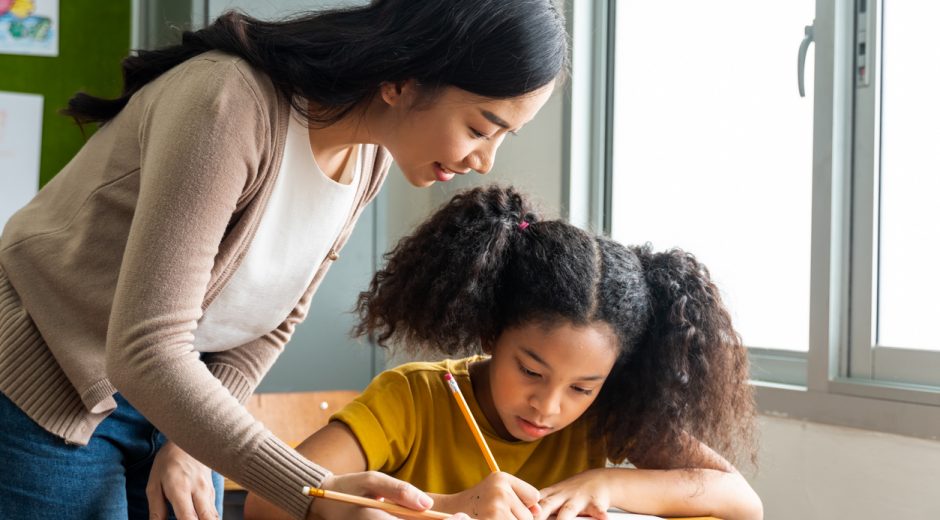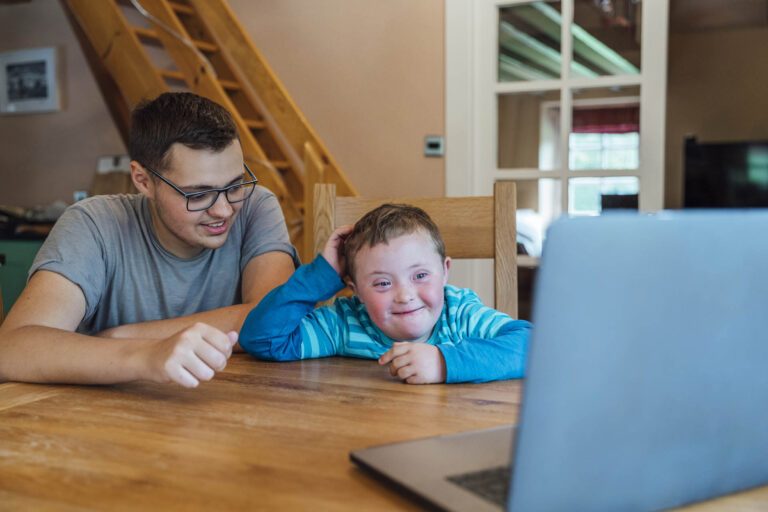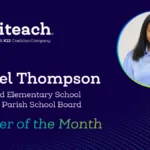Understanding the Importance of IEP Goals
The federal Individuals with Disabilities Education Act (IDEA) mandates that every eligible student receives an Individualized Education Program (IEP). IEPs lay a comprehensive framework to address the unique educational needs of students with disabilities ensuring each child has the best chance at success. Well-written IEP goals play a critical role in that success.
Creating an IEP is a collaborative process of ongoing revision and refinement. Education teams, parents, students, and administrators can use these legal documents to foster an environment of continuous growth. IEPs also promote accountability and inclusion by addressing individual areas of need in a documented environment.
How to Write IEP Goals and Objectives
Following the SMART Criteria
The key to writing effective IEP goals is to be clear, realistic, and data-focused. An effective goal follows the SMART goal-setting criteria. SMART goals are:
- Specific: Specific goals give students and educators a clear idea of exactly what is expected of the learner, how the goal should be measured, and when the goal should be achieved.
- Measurable: Make goals data-centered, quantifiable, and observable. Avoid vague language like “improve reading skills” and instead opt for quantifiable markers of improvement such as “increase reading literacy from 50 words to 80 words per minute.”
- Achievable: Unrealistic goals can lead to overwhelm and burnout, especially for special needs learners with unique challenges. Keeping goals achievable sets students up to succeed and builds trust in the goal-setting process.
- Relevant: An IEP goal should be relevant to each student’s unique talents and abilities and move them toward desired outcomes that support long-term success.
- Time-Bound: setting a timeframe adds a layer of accountability to an IEP goal. Time-bound goals specify a deadline by which a student should achieve the desired level of progress. This ensures that goals are regularly revisited to refine interventions and adjust based on student performance and needs.
Examples of SMART IEP goals:
- The student will correctly solve multi-step math word problems with 80% accuracy on teacher-created assessments by the end of the year.
- The student will successfully follow a visual schedule and locate classrooms and other school locations with 90% accuracy within one semester.
- The student will demonstrate a decrease in disruptive behaviors, such as outbursts or refusal to follow instructions, from 3 to 1 per day by the end of the school year.
Tailoring Goals to Individual Student Needs
Conducting Comprehensive Assessments
Effective IEP goals must be tailored to each student. The first step in this process is conducting comprehensive assessments to gain a holistic idea of the student’s talents, learning styles, and needs. Include multiple forms of assessments and collaborate with caregivers, therapists, and paraprofessionals. Create a comprehensive list of the student’s preferences, strengths, interests, and challenges to inform the goal-setting process.
Considering Student Strengths and Challenges
Achievable IEP goals address areas of need while leveraging students’ unique talents and strengths. Focusing on what students are already good at to address their areas of need is both motivating and practical. Approach challenges as opportunities to learn new ways to use existing gifts and talents and to leverage appropriate intervention.
Monitoring and Adjusting Goals
As you track student performance, identify trends over time, determine the effectiveness of interventions, and adjust instructional strategies as needed to support the student’s progress toward their goal. IEP Meetings are central to the goal revision process. Use a combination of both formative and summative assessments when monitoring student progress.
IEP goals should regularly be revisited and revised to help students meet their maximum potential and foster continuous growth. Keep open and consistent communication between caregivers, students, educators, and providers to ensure that goals are challenging and achievable as learners grow and develop.
Resources for Writing IEP
Professional development resources on IEP goals, such as seminars and workshops, are a fantastic way to familiarize yourself with the goal-writing process and how it applies to your curriculum standards. Reach out to your IEP team for information on what resources are available to you. Peer Learning Communities or PLCs dedicated to special education are another source of guidance on the IEP goal writing process.
Individualized support plans like IEPs serve students best when they’re a collaborative effort. Tap multidisciplinary provider teams and include caregivers in goal-setting to support student success in and out of the classroom. Include diverse perspectives from subject matter experts.
Other IEP goal writing resources include:
- The Individuals with Disabilities Education Act Regulations
- Your state’s department of education website
- Special Education organizations
- Professional Development workshops
- District support teams
There are a lot of tools and resources to make writing effective IEP goals easier for educators. Utilize the expertise of each student’s comprehensive care and education team to inform student goals and objectives. Regularly review these resources to refine and enhance your goal writing, and stay informed of new policies and procedures.
Refining Your Goal Writing Process
Developing meaningful and achievable goals that are tailored to a student’s areas of need while capitalizing on their talents is the core of an effective Individualized Education Plan. Collaborative goal setting is an essential skill for educators who serve special needs students. Refine and develop your IEP goal writing process as you make observations and define goals with peers.
- Start with comprehensive assessments to pinpoint areas of need. Take note of which types of assessment data you utilize most. Branch out to wider provider circles and test new methods.
- Track goal timelines and look for trends of over or under-estimating how long students should take to achieve success. Every student progresses at their own pace, but trends can lend helpful insight into overall accuracy.
- Frequently take inventory of the tools you use to collect and analyze data. Find solutions to organize and track student progress that complement your goal-setting process.
Refining your IEP goal writing process as best practices, standards, and regulations change is the best way to assure compliance and student success. Peer review and professional feedback can help you identify opportunities to enhance goal writing and learn new techniques. Examine your goal writing process often, and tailor it to your classroom environment, your connection with students, your support team, and your work style.





